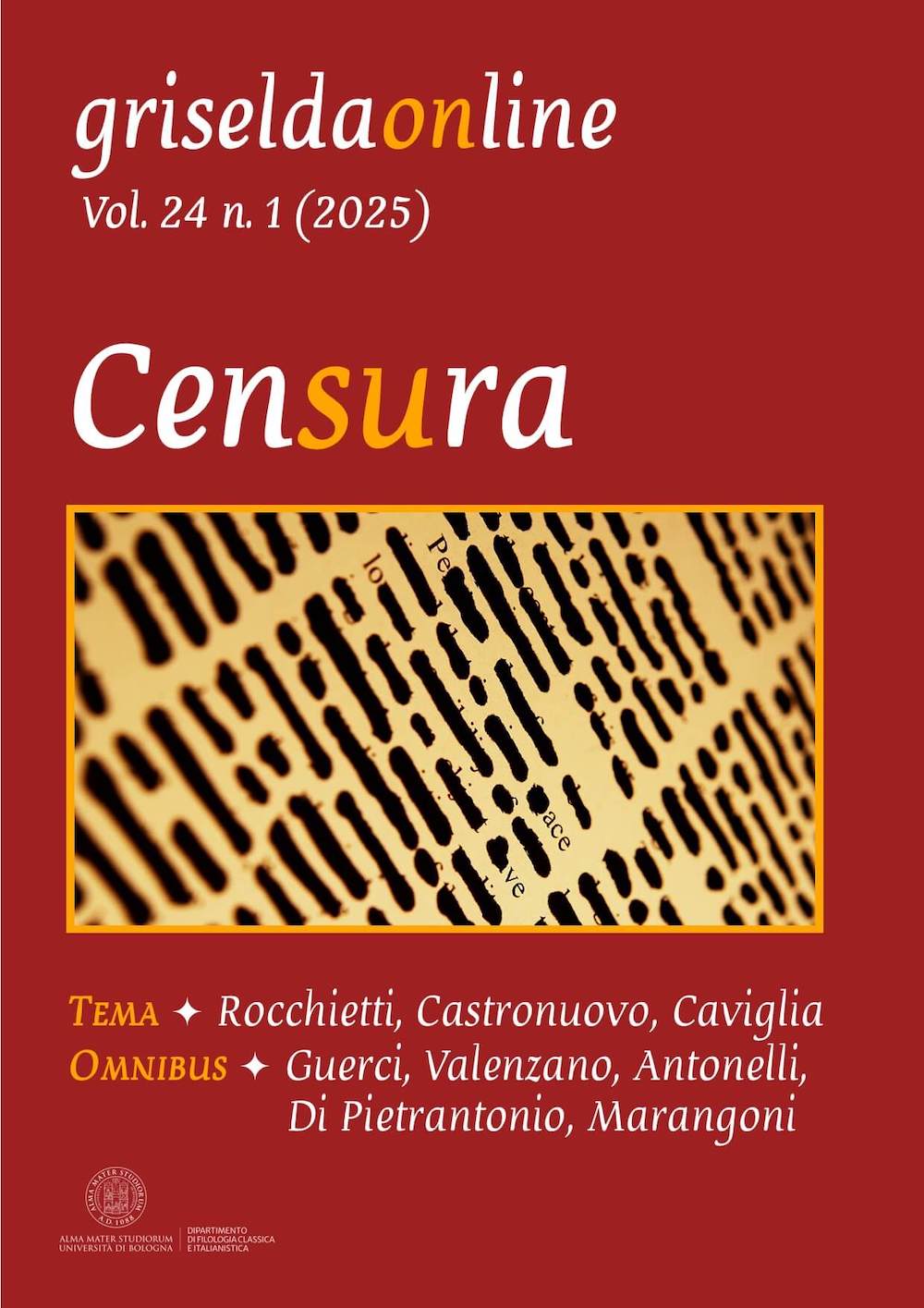Le immagini infrante. T.S. Eliot e i processi di significazione poetica tra Dante e «The Waste Land»
DOI:
https://doi.org/10.6092/issn.1721-4777/21669Keywords:
Dante, «Purgatorio», «The Waste Land», Thomas Stearns EliotAbstract
In Vita Nova, 6, 4, Dante espouses a realistic notion of language, stating that names originate from the things they stand for (nomina sunt consequentia rerum), thus possessing an intrinsic truth that precedes enunciation; a few chapters before (Vita Nova, 1, 2) the Poet had also claimed that it is possible to guess a name based on the effects of the signified thing: all of this amounts to a circular conception of signification, that needs the endorsement of one’s peers and an existing tradition to be validated. This approach is similar to that of his estimator and critic T.S. Eliot, who, albeit participant in the typically Modernist poetic of fragmentation and ambiguity, often displays a rather ‘Dantean’, ‘medieval’ concept of tradition and linguistic background. This essay aims to analyse the relation between Eliot and Dante’s precedent, both in Eliot’s critical works and The Waste Land; it will also try to link, based on said relation, a passage of Eliot’s poem to Dante’s Purgatorio XIII, for the sake of a more rounded interpretation of the text.
Downloads
Published
How to Cite
Issue
Section
License
Copyright (c) 2025 Beatrice Di Pietrantonio

This work is licensed under a Creative Commons Attribution-ShareAlike 4.0 International License.





